Juniper "Wiltoni": description, tips for planting and care

Many people plant various ornamental plants on their land plots. Juniper is often planted. Today we will talk about how to plant and how to care for the Wiltoni juniper.
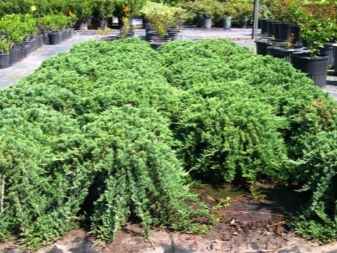

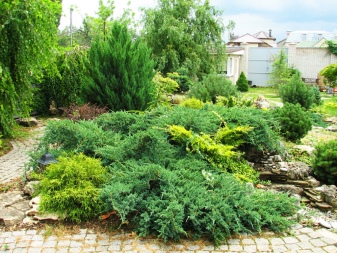
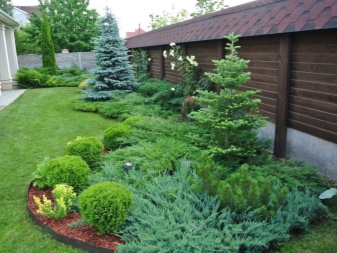
Description
Juniper "Wiltoni" reaches a height of 15-20 centimeters. But at the same time, its diameter can reach 2 meters. The needles of such a plant fit snugly against the branches. Juniper branches are quite flexible. His color is silver-blue. The crown of this species spreads along the ground. At the same time, young shoots are slightly raised.
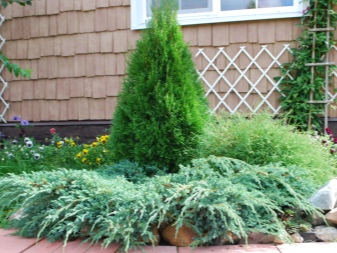
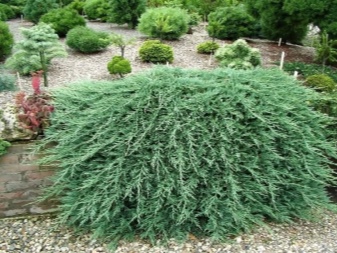
The branches grow long. They have an interesting tail-like shape and are distinguished by the most abundant growth of small branches. On the ground, they spread in a star-shaped shape. Then they can tightly intertwine with each other and take root. Juniper bark is brown with a slight gray tint. Its surface is smooth to the touch. It may crack slightly into small pieces.
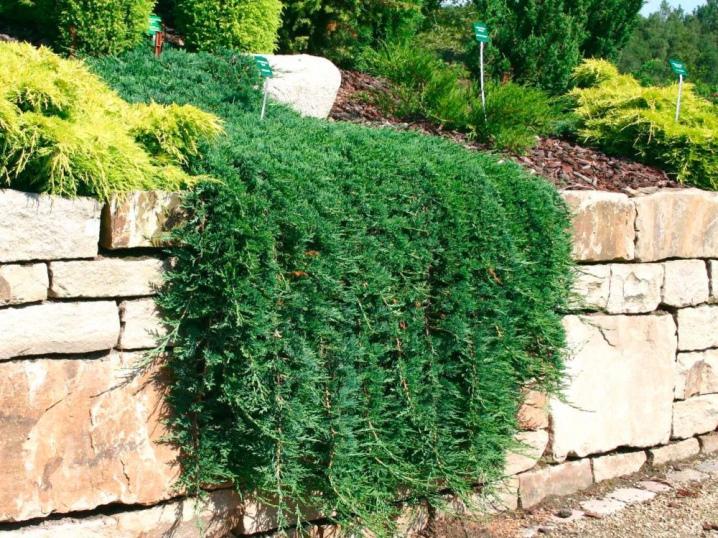
The needles of the Wiltoni juniper are no more than 5 millimeters long. Their shape is subulate. On the shoots, they are placed quite tightly. If you begin to rub the needles lightly with your hands, it will begin to exude a pleasant natural aroma. Small cones are formed as "Wiltoni" fruits. They grow up to a beautiful blue color. The diameter of each such fleshy fruit does not exceed 5 millimeters. The period of their full maturation can reach 2 years.
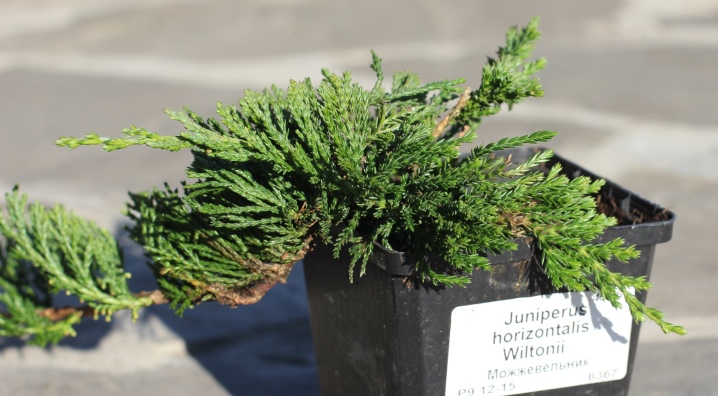
The fruits of the Wiltoni juniper contain harmful toxic substances, so you should cut them carefully. The total longevity of such an ornamental coniferous plant is about 30-50 years. "Wiltoni" is an evergreen unpretentious plant. At the same time, such a juniper completely covers the soil around it, so there is not a single harmful weed next to it.
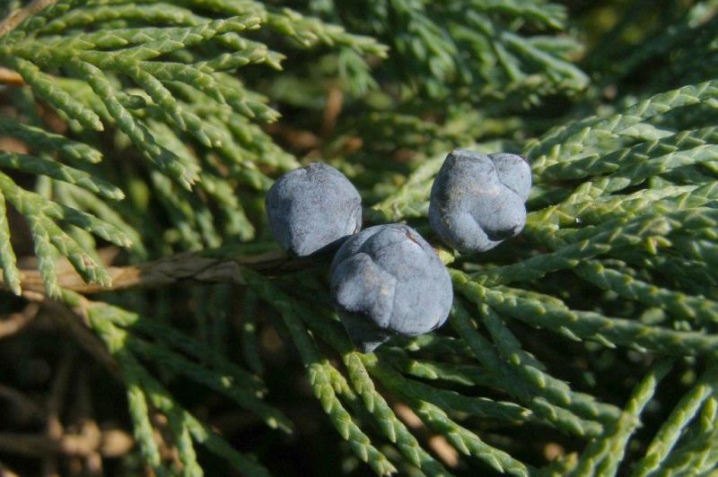
Landing
It is recommended to plant seedlings of this horizontal juniper on sandy and loamy areas of the earth. The soil should be slightly acidic. Such a plant grows and develops well in soils with a high lime content. It is better to buy seedlings in special containers from nurseries.
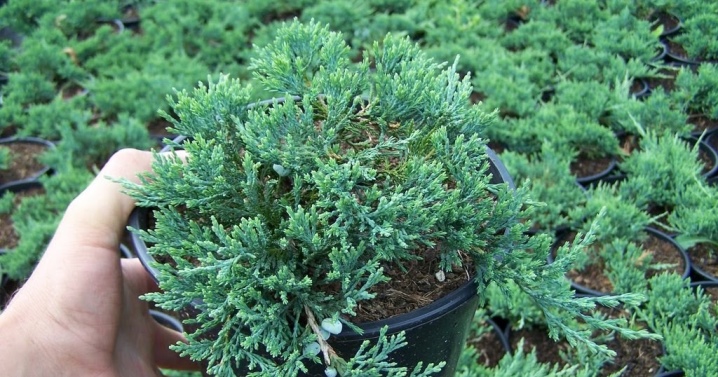
There are some important rules to keep in mind when planting.
- Planting hole preparation. It is better to do them at a distance of 0.5-2 meters from each other. The depth of each hole should be at least 65-70 centimeters.
- Preparing the soil mixture. It should contain sand, peat and turf. Moreover, the last 2 components should be taken in equal proportions. The first component must be taken 2 times more.
- Drainage laying. Its layer should be at least 20 centimeters. For this, gravel, sand or crushed stone can be excellent.
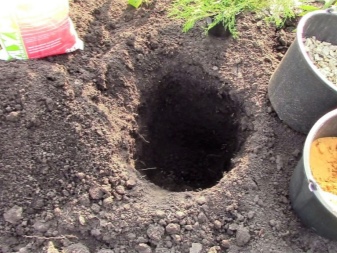

When planting, a small amount of a previously prepared soil mixture is poured into the hole. A young seedling is carefully placed in the pit. After that, the earth must be lightly tamped and watered well. It can be additionally installed on a trunk.

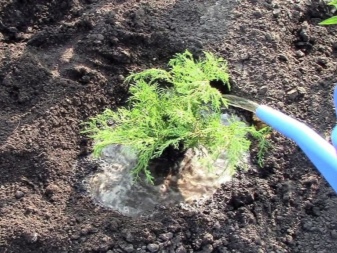
Watering and feeding
Abundant watering should be carried out in the first days after planting. The ground should not be dry. For an adult plant, it will be enough to abundantly moisturize the soil no more than once every 10 days. This juniper variety requires high air humidity, therefore it is recommended to carry out a periodic sprinkling procedure for the crown. With the onset of the spring period, it is better to feed the juniper with nitroammophos (30-40 grams of substance are needed per unit area). For adult representatives, feeding should be applied once every 2 or 3 years. Formulations containing zinc, copper, phosphorus, iron, or potassium may be used periodically.
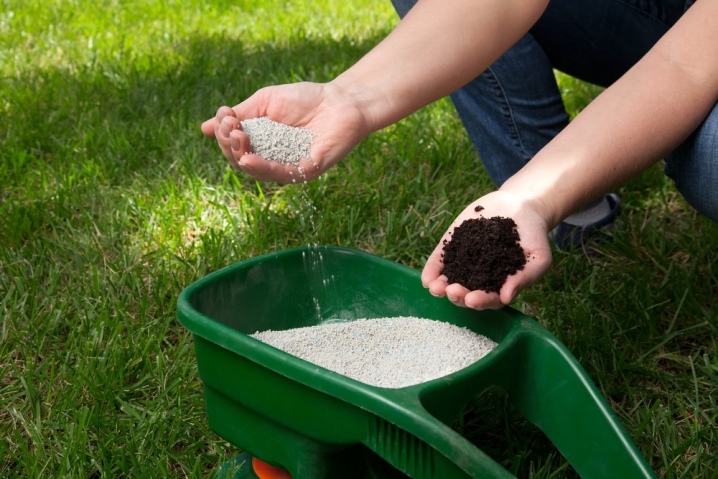
Today there are special complex feeding for the normal growth and development of juniper.
- The Green Needle. This product contains a large amount of sulfur and magnesium. It allows the needles to maintain their beautiful rich color. This fertilizer is great for a plant whose needles are starting to turn yellow. To add the drug, you need to carefully distribute the granules in the ground.
- "Fertile universal". This fertilizer is used only for spring feeding of juniper. It causes increased crown growth. It is often used in the process of planting young seedlings (150-200 grams per hole). Adult plants should be fed with proportions of 30 grams of substance per 10 liters of clean water.
- "Kemira-M". This remedy is considered universal, it has a balanced composition, which is rich in all the main microelements and macronutrients. It is better to apply such fertilizer before planting seedlings (35-40 grams per bush). "Kemira-M" will be an excellent option for a plant during the growing season.
- "Khvoinka". This tool belongs to complex types. It is brought in in the spring or summer period of the year. It contains a large amount of nitrogen (about 13%). To prepare a solution with such a top dressing, you need to mix 20 grams of the substance with 20 liters of clean water.

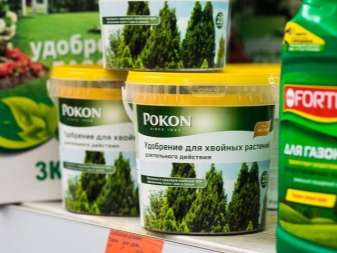
Pruning and preparing for winter
In addition to watering and fertilizing, the Wiltoni juniper should be pruned regularly. This is done so that in the future the plant can acquire the most lush and healthy crown. During the pruning process, you must carefully remove any damaged or dried branches. Often, with such a procedure, they also get rid of improperly growing young shoots.
It is imperative to carry out pruning in protective equipment, since "Viltoni" contains a large amount of toxic substances.
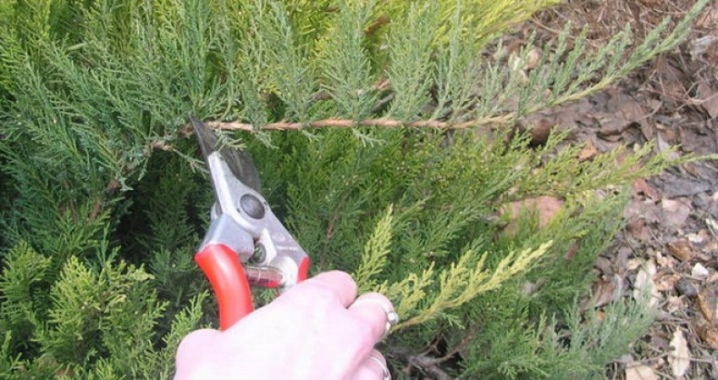
It is not recommended to plant a juniper in areas where large snowdrifts will form, otherwise the needles can be severely damaged. To protect the plants from too much stress, you can simply tie them up with a rope. A winter shelter for plants should only be done in the first 2 years after planting. For adult representatives, this procedure is not mandatory, since "Viltoni" is considered a frost-resistant species that can easily withstand low temperatures down to -30 C.
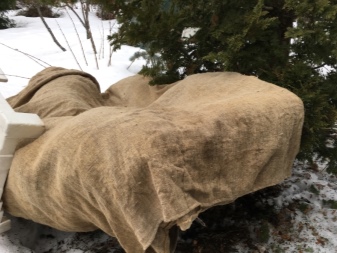
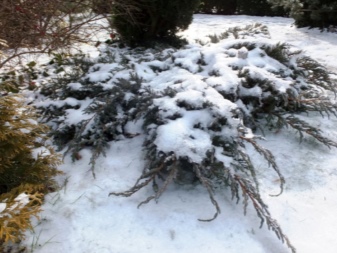
Loosening and mulching
Loosening should be carried out as carefully as possible and to a shallow depth, especially for young juniper seedlings. Only the near-stem area in the soil is loosened. It is recommended to do this after watering. Adult plants are best mulched. This is carried out using a mass with peat, sawdust, straw and humus.
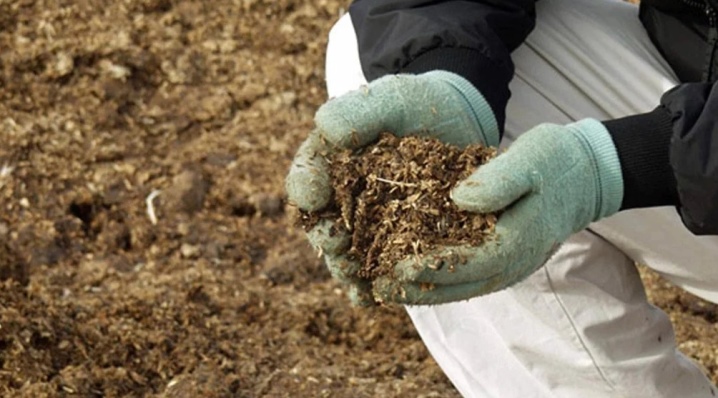
Reproduction
Juniper can propagate in several ways: by seed, cuttings or layering. The simplest and easiest option is considered to be the method with cuttings. The best period for such breeding is spring. First you need to carefully cut off young shoots. It is better to root them in a greenhouse, but before that they must be treated with a growth stimulant. At the end of spring, they need to be transplanted into prepared soil and covered with a special film.
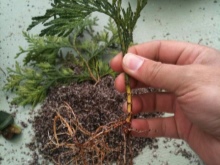
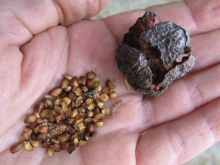
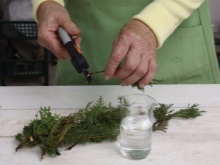
In order for the cutting to take root well in the ground, it must be regularly moistened and sprayed. For such plants, diffused light is the best option. The temperature should be at least 25-27 degrees. When the root system is well developed, the plant can already be transplanted to a permanent place.
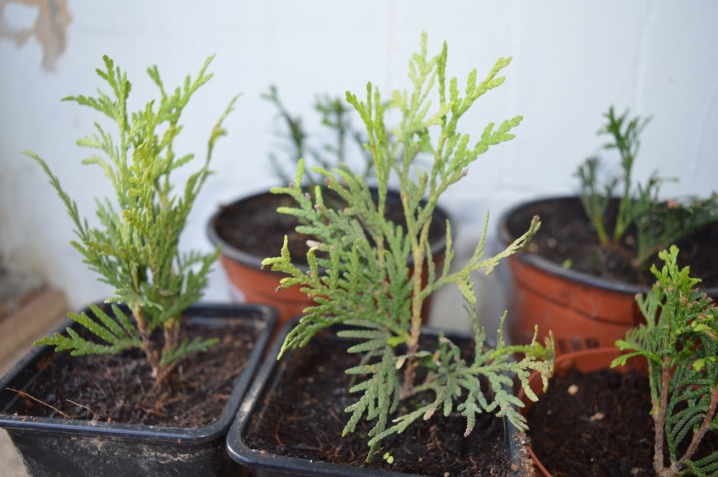
Landscaping ideas
Juniper Wiltoni is often used as a decorative garden decoration. An interesting idea would be to place several of these plants along the stone paths on the land. At the same time, next to them, you can plant miniature bushes with bright flowers or just dwarf deciduous trees.
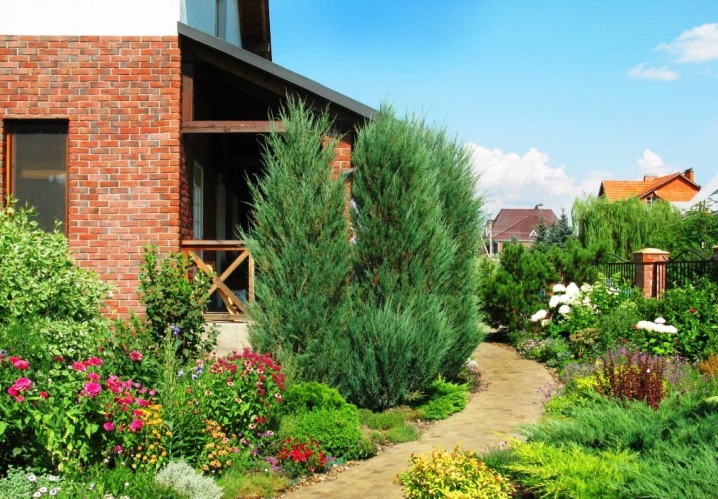
Another interesting idea would be to place a lot of junipers around the perimeter of the site. To make the decoration more beautiful, you can separate them with the stone section from the rest of the site. You can build such a structure from decorative stones of different colors and sizes. Instead of stones, you can arrange such a fence using small logs. To slightly dilute the landscape design, it is worth planting deciduous thin trees or bushes with bright flowers between the bushes.
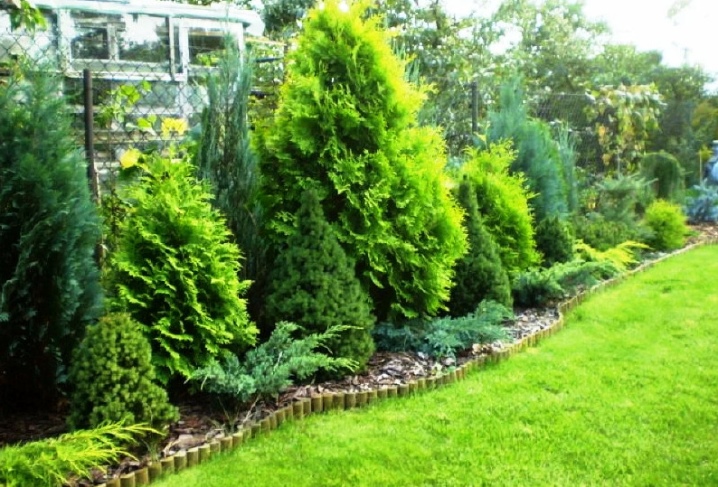
Many gardeners recommend planting this ornamental plant in the foreground, without blocking other trees and shrubs. If there is an artificially equipped reservoir on your site, then such coniferous plantings will look most advantageous next to it. If the reservoir is surrounded by large stones, then the juniper can be placed between them.
In this case, coniferous stands can be beautifully combined with dwarf deciduous shrubs and surfaces covered with a dense layer of moss.
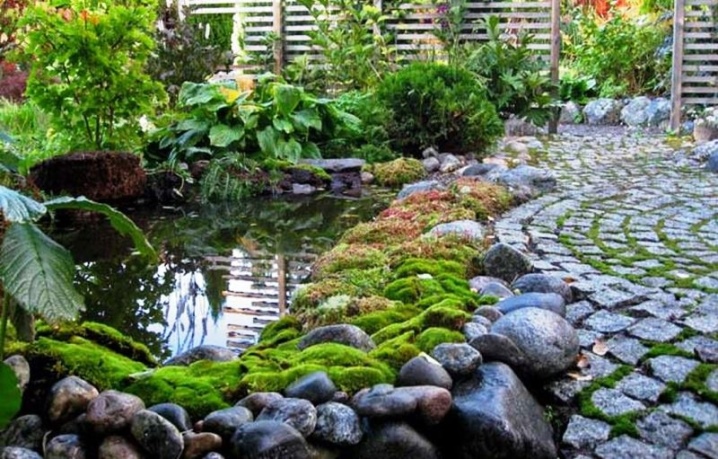
For information on how to plant and care for the Wiltoni juniper, see the next video.



































































The comment was sent successfully.